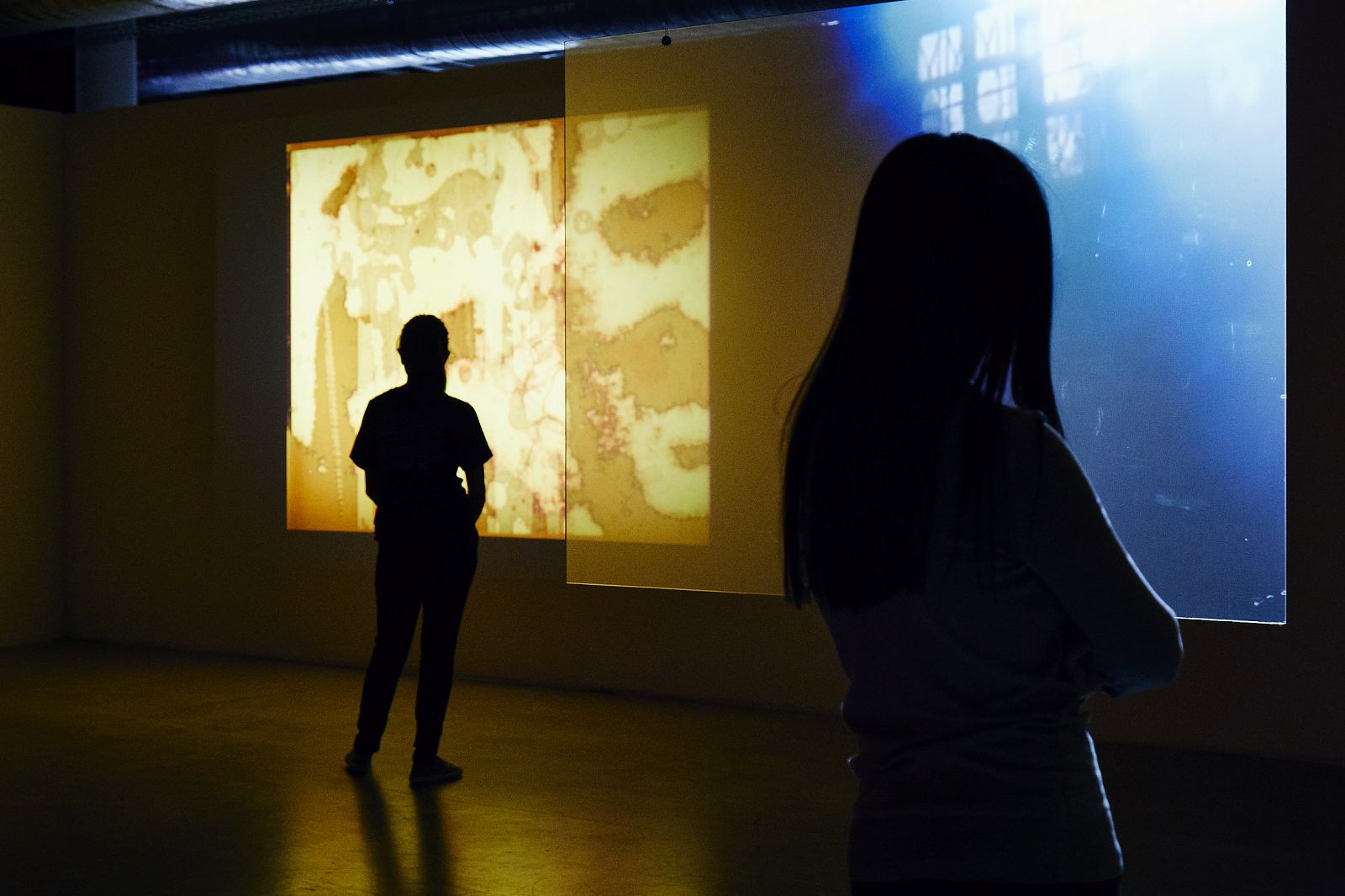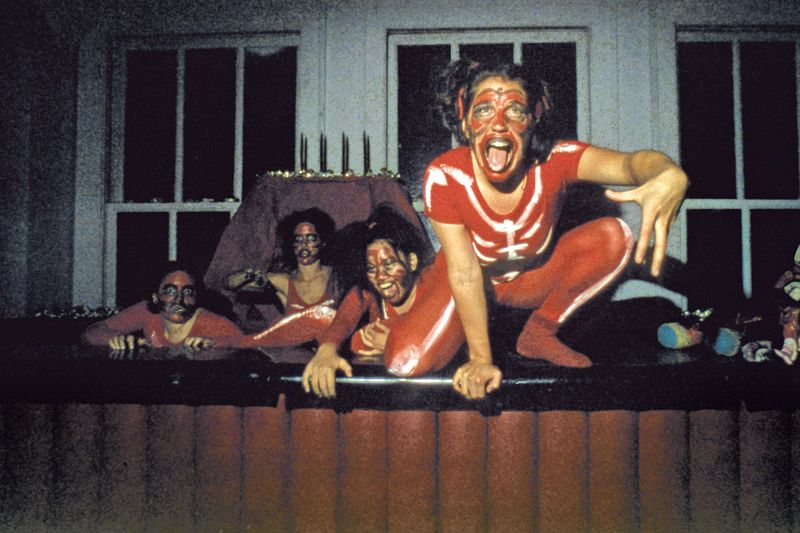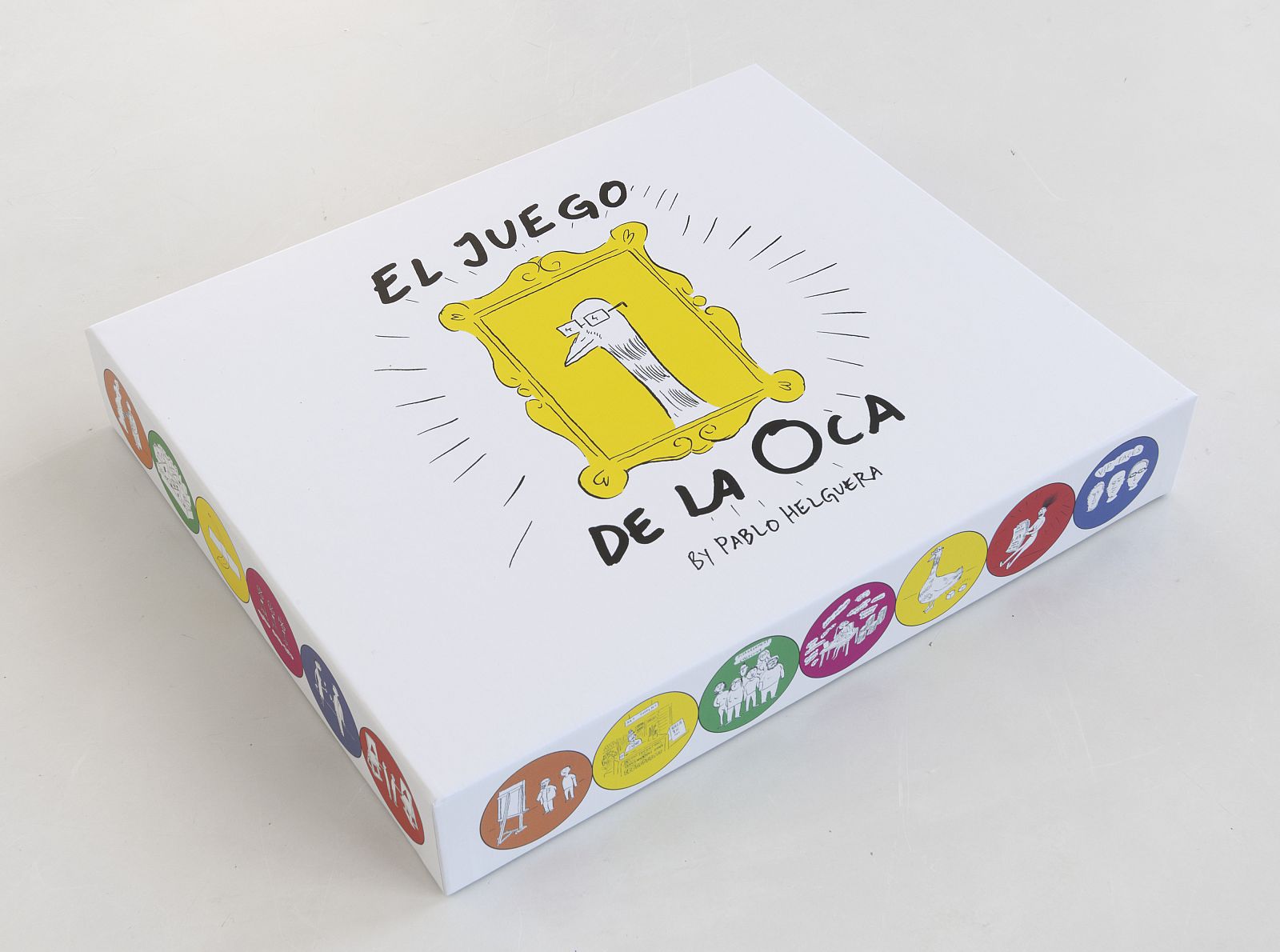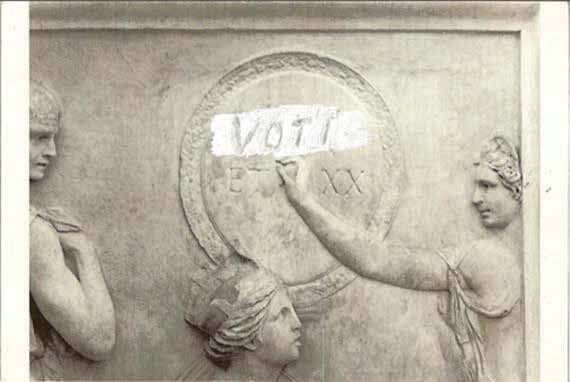Curator Emilia Quiñones-Otal developed this proposal during the 2018 Curatorial Intensive in Bangkok.
Conceptual Description:
Since the 1970s, artists from the Caribbean, Central America and Mexico have explored the connection between imperialist violence and gender violence through innovative artistic proposals. Their research has led them to present the body of women as a metaphor for the invaded territory and which at the same time is the space of incursion of patriarchy. The images that result from these artistic proposals are powerful, interesting, and a great contribution to the Latin American artistic legacy. This exhibition proposes to show works of art where the body of women is both invaded territory and violated body. Given the findings of the research that gave way to this exhibition, it can be expected to shed light on similar trends in other regions of Latin America and the non-western world in general. Although it is possible that artists from other countries in a neocolonial situation develop similar works, it is interesting to study the selected region because it has one of the highest rates of gender violence (femicides in Mexico, Guatemala and El Salvador), and it is an oppressed territory from the colonial and postcolonial point of view. In addition, there have been dynamics of gender violence in these countries that are related to the imperialist invasion, such as the forced sterilization of Puerto Rican women.
The proposal is going to be submitted to the Museum of Contemporary Art of Puerto Rico and the Museum of Art from the University of Puerto Rico, Mayagüez Campus (MUSA). It is composed mainly of performance (live and documentation) and work that, although its support is a traditional medium, is highly performative because it uses the image of the body—or part of it—to present intersectional violence. Some of the works to be exhibited are already in the collection of the Museum of Contemporary Art of Puerto Rico, like (De) Colonial Reconquista, by Marina Barsy-Janer (2014), and Creole Portraits II, by Joscelyn Gardner (2007). Also, with an educational and academic focus, we propose to exhibit the work of the following artists: María Adela Díaz (Costa Rica), Regina José Galindo (Guatemala), Ana María García (Puerto Rico), Joscelyn Gardner (Barbados), Teresa Hernández (Puerto Rico), Papel Machete (Puerto Rico), Teresa Margolles (Mexico), Ana Mendieta (Cuba), Sandra Monterroso (Guatemala), Belkis Ramírez (Dominican Republic), and Lorena Wolffer (Mexico).
Why the Museum of Contemporary Art of Puerto Rico?
The Museum of Contemporary Art of Puerto Rico is related to this proposal because it has been highlighted as a space that hosts and exhibits artistic projects directly related to the decolonization of Puerto Rico and the Caribbean. In addition, the staff has promoted community development and worked directly with the women of the neighborhoods with whom they collaborate. From their work as curators of culture they make sure that women are well represented in their collections and activities, recognizing their inequality in Puerto Rican society and in the arts. More important than that, two of the pieces to be exhibited— De Colonial (Re)Conquista, by Marina Barsy-Janer (2014), and Creole Portraits II, by Joscelyn Gardner (2007)—are part of the MAC-PR collection, which shows the relationship that the curatorial proposal has with the Museum. I understand that the Museum of Contemporary Art of Puerto Rico would benefit from this exhibition as it would allow it to approach its communities from another point of view. The educational proposal adapts to the work that the institution has been doing in recent years, especially El MAC en el Barrio.
Why the MUSA?
The Museum of Art of the University of Puerto Rico, Mayagüez Campus (MUSA) is located in the West side of the main island of Puerto Rico, approximately 150 km from the capital, San Juan. Mayagüez is one of the most populated towns of the island yet, because of its distance from the capital there is a cultural need that is being filled by few centers and spaces. It is not the first time that MUSA will bring a curatorial project developed in another museum in the island since the director is very conscious of the little access people in the West have to exhibitions and humanistic activities. MUSA has demonstrated to be one of the most important museums in Puerto Rico and has a commitment to the conservation and education in contemporary art from the Caribbean.
Technical information and visual evidence of the works to be exhibited:
The artists that are part of this proposal are well known and some of them are already part of the official history of Latin American art. Ana Mendieta is one of the most recognized Latin American artists of the second half of the 20th century. Regina José Galindo has won prizes in prestigious international exhibitions such as the Venice Biennial (León de Oro 2005). Likewise, María Adela Díaz, Ana María García, Joscelyn Gardner, Teresa Hernández, Papel Machete, Teresa Margolles, Sandra Monterroso, Belkis Ramírez and Lorena Wolffer have exhibited their work in recognized centers such as the Center Georges Pompidou (Paris), the Museum of Modern Art (New York), Armory Center for the Arts (Los Angeles), Hemispheric Institute (New York), etc.
Descripción conceptual/temática:
Desde la década de 1970, artistas del Caribe, América Central y México han explorado la conexión entre la violencia imperialista y la violencia de género a través de propuestas artísticas innovadoras. Sus investigaciones le han llevado a presentar el cuerpo de las mujeres como metáfora del territorio invadido y que a la vez es el espacio de incursión del patriarcado. Las imágenes que resultan de dichas propuestas artísticas son poderosas, interesantes, y una gran contribución al legado artístico latinoamericano. Esta exposición propone mostrar obras de arte en donde el cuerpo de las mujeres es a la vez territorio invadido y cuerpo violentado. Dados los hallazgos de la investigación que dio paso a esta exposición, se puede esperar que eche luz sobre tendencias similares en otras regiones de América Latina y el mundo no-occidental en general. Aun cuando es posible que artistas de otros países en situación neocolonial desarrollen trabajos similares, es interesante estudiar la región seleccionada pues tiene uno de los índices más altos de violencia de género (feminicidios en México, Guatemala y El Salvador), y es un territorio oprimido desde el punto de vista colonial y postcolonial. Además, se han presentado en estos países dinámicas de violencia de género que están relacionadas con la invasión imperialista, como es el caso de la esterilización forzada a mujeres puertorriqueñas.
La propuesta será presentada al Museo de Arte Contemporáneo de Puerto Rico y al Museo de Arte de la Universidad de Puerto Rico, Recinto de Mayagüez (MUSA). Se compone principalmente de performance (en vivo y documentación) y trabajo que—aunque su soporte es un medio tradicional—es altamente performativo porque utiliza la imagen del cuerpo, o parte de él, para presentar la violencia interseccional. Algunas de las obras que se exhibirán ya están en la colección del Museo de Arte Contemporáneo de Puerto Rico, como (De) Colonial Reconquista, de Marina Barsy-Janer (2014), y Creole Portraits II, de Joscelyn Gardner (2007). Además, con un enfoque educativo y académico, proponemos exhibir el trabajo de los siguientes artistas: María Adela Díaz (Costa Rica), Regina José Galindo (Guatemala), Ana María García (Puerto Rico), Joscelyn Gardner (Barbados), Teresa Hernández (Puerto Rico), Papel Machete (Puerto Rico), Teresa Margolles (México), Ana Mendieta (Cuba), Sandra Monterroso (Guatemala), Belkis Ramírez (República Dominicana) y Lorena Wolffer (México).
¿Por qué el Museo de Arte Contemporáneo de Puerto Rico?:
El Museo de Arte Contemporáneo de Puerto Rico está relacionado con esta propuesta porque se ha destacado como un espacio que acoge y expone proyectos artísticos relacionados directamente a la descolonización de Puerto Rico y el Caribe. Además, ha promovido el desarrollo comunitario y trabajado directamente con las mujeres de los barrios con los que colabora. Desde su trabajo como conservadores de la cultura se han encargado de que las mujeres estén bien representadas en sus colecciones y actividades reconociendo la desigualdad de las mismas en la sociedad puertorriqueña y en las artes.
Más importante que eso, dos de las piezas a exhibir—(De) Colonial Reconquista, de Marina Barsy-Janer (2014), y Creole Portraits II, de Joscelyn Gardner (2007)—son parte de la colección del MAC-PR, lo que demuestra la relación que tiene la propuesta curatorial con el Museo. Entiendo que el Museo de Arte Contemporáneo de Puerto Rico se beneficiaría de esta exposición pues le permitiría un acercamiento a sus comunidades desde otro punto de vista. La propuesta educativa se amolda al trabajo que ha estado haciendo la institución en los últimos años, especialmente El MAC en el Barrio.
¿Por qué el MUSA?
El Museo de Arte de la Universidad de Puerto Rico, Recinto de Mayagüez (MUSA) está ubicado en el oeste de la isla principal de Puerto Rico, aproximadamente a 150 km de la capital, San Juan. Mayagüez es una de las ciudades más pobladas de la isla, sin embargo—debido a su distancia de la capital—existe una necesidad cultural que está siendo cubierta por pocos centros y espacios. No es la primera vez que el MUSA traerá un proyecto curatorial desarrollado en otro museo en la isla ya que su directora es muy consciente del poco acceso que tienen las personas que viven en los pueblos cercanos a exposiciones y actividades humanísticas. MUSA ha demostrado ser uno de los museos más importantes de Puerto Rico y tiene un compromiso con la conservación y la educación en el arte contemporáneo del Caribe.
Ficha técnica y evidencia visual de las obras a exhibir
Las artistas que forman parte de esta propuesta son de reconocida trayectoria y algunas de ellas ya forman parte de la historia oficial del arte latinoamericano. Ana Mendieta es una de las artistas latinoamericanas más reconocidas de la segunda mitad del siglo XX. Regina José Galindo ha ganado premios en prestigiosas muestras internacionales como la Bienal de Venecia (León de Oro 2005). Igualmente, María Adela Díaz, Ana María García, Joscelyn Gardner, Teresa Hernández, Papel Machete, Teresa Margolles, Sandra Monterroso, Belkis Ramírez y Lorena Wolffer han exhibido sus trabajos en centros reconocidos como el Centre Georges Pompidou (París), el Museum of Modern Art (Nueva York), Armory Center for the Arts (Los Ángeles), Hemispheric Institute (Nueva York), etc. Aun así, se adjuntan enlaces a reseñas realizadas sobre los trabajos a presentar en la exposición y sobre la trayectoria de las artistas, que igualmente podrán ver en el mismo orden en la carpeta de apéndices. También encontrarán un breve curriculum de cada una de las artistas haciendo click en el nombre de cada una.






